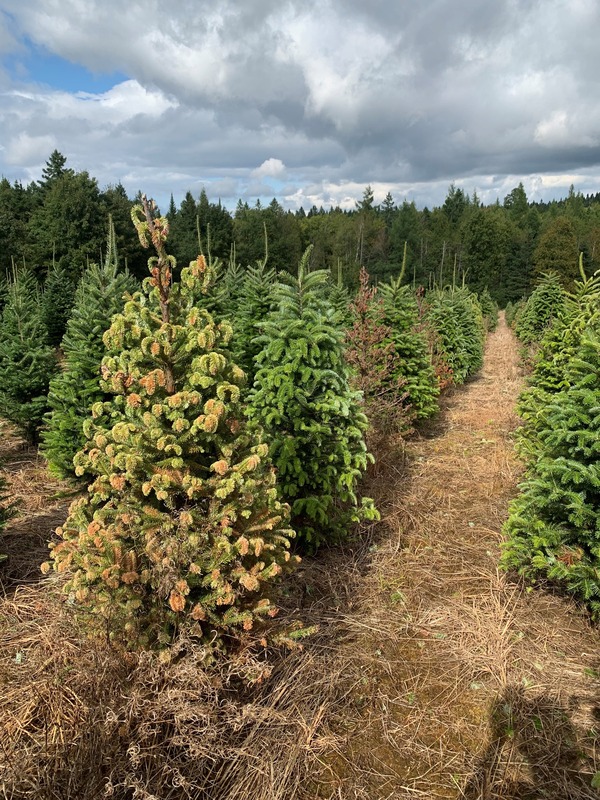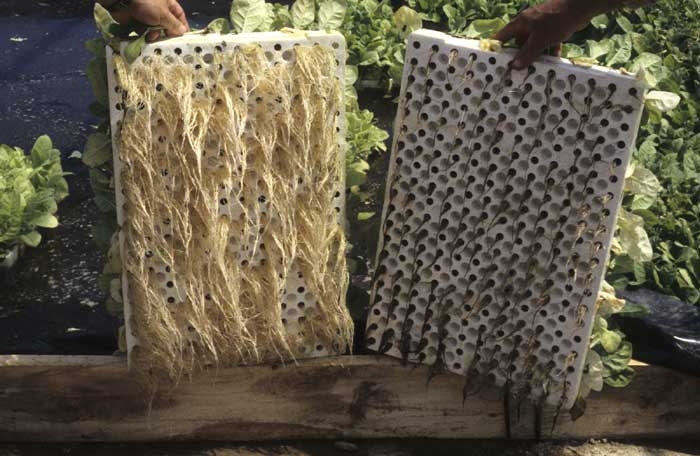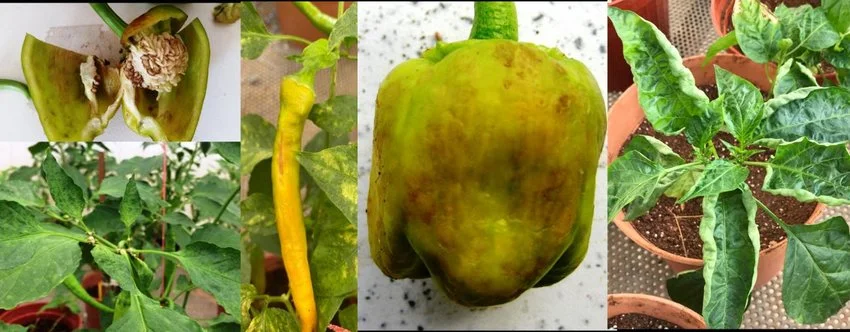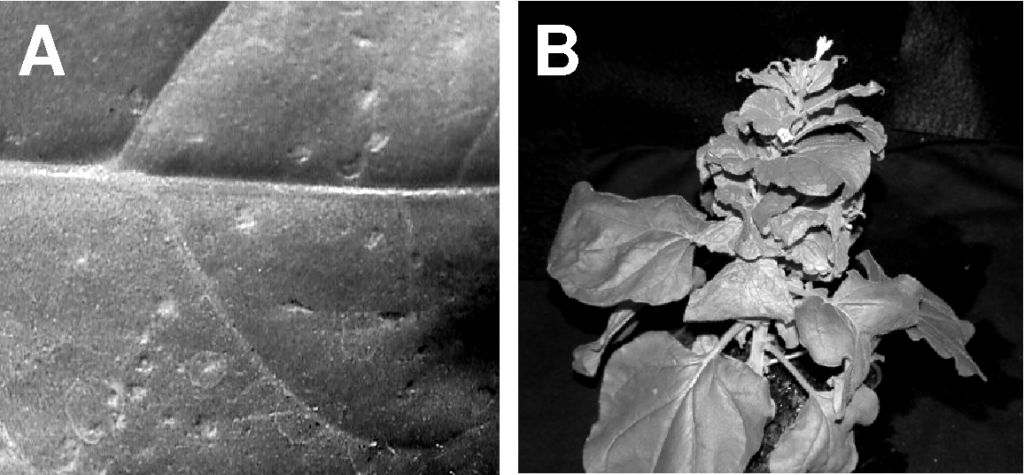Understanding Phytophthora abietivora There are plenty of threats to plants on our planet, ranging from pests to diseases. Some of these threats can affect plants inside and outside the greenhouse. Among these threats is Phytophthora abietivora, a fungal pathogen that targets fir trees and poses potential risks to greenhouse crops. Knowing about this pathogen, its […]
Olpidium on Leafy Greens Olpidium species, particularly Olpidium brassicae and Olpidium virulentus, are significant pathogens in greenhouse environments due to their ability to act as vectors for plant viruses and their direct pathogenic effects on plant roots. Here’s how Olpidium affects various leafy greens commonly grown in greenhouses: Common Leafy Greens Lettuce (Romaine, Butterhead, Leaf […]
ToBRFV and Breaking Resistance in Peppers This blog continues our coverage of the Tomato brown rugose fruit virus (ToBRFV), but this time, we are giving an update on peppers (mostly bell peppers but also others in the Capsicum genus) and its ability to overcome plant resistance. While this virus primarily targets tomatoes, it’s also a […]
Multiplex qPCR in Enhancing Disease Management in Greenhouses and Indoor Farms In modern agriculture, especially in controlled environments like greenhouses and indoor farms, managing plant diseases is key to good harvests and smooth operations. A standout method for detecting and managing plant diseases is called the multiplex quantitative Polymerase Chain Reaction, or multiplex qPCR for […]
qPCR and Greenhouses Today, we’re exploring the world of qPCR, or quantitative Polymerase Chain Reaction, for greenhouses and discovering why it’s essential for anyone in the business of growing. The Basics of qPCR qPCR is a lab technique used to amplify and quantify DNA. Think of it as turning a tiny, almost invisible piece of […]
What is RNA and Why it Matters to Greenhouses and Indoor Farms RNA, or ribonucleic acid, is a fundamental molecule in the biology of all living organisms, including plants. It is crucial in translating genetic information from DNA into proteins, which are necessary for the structure, function, and regulation of a plant’s tissues and organs. […]








